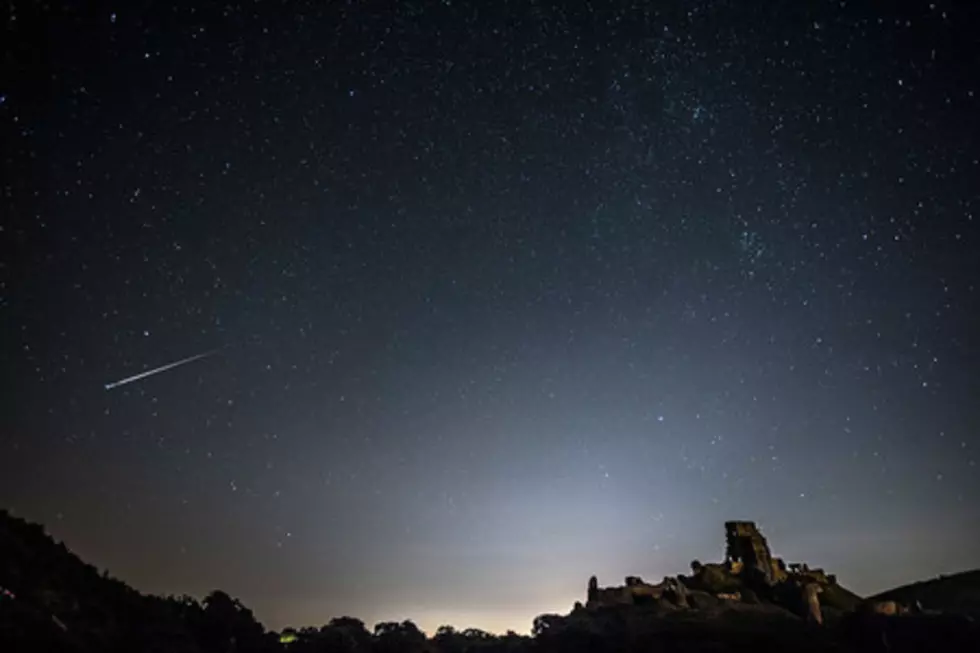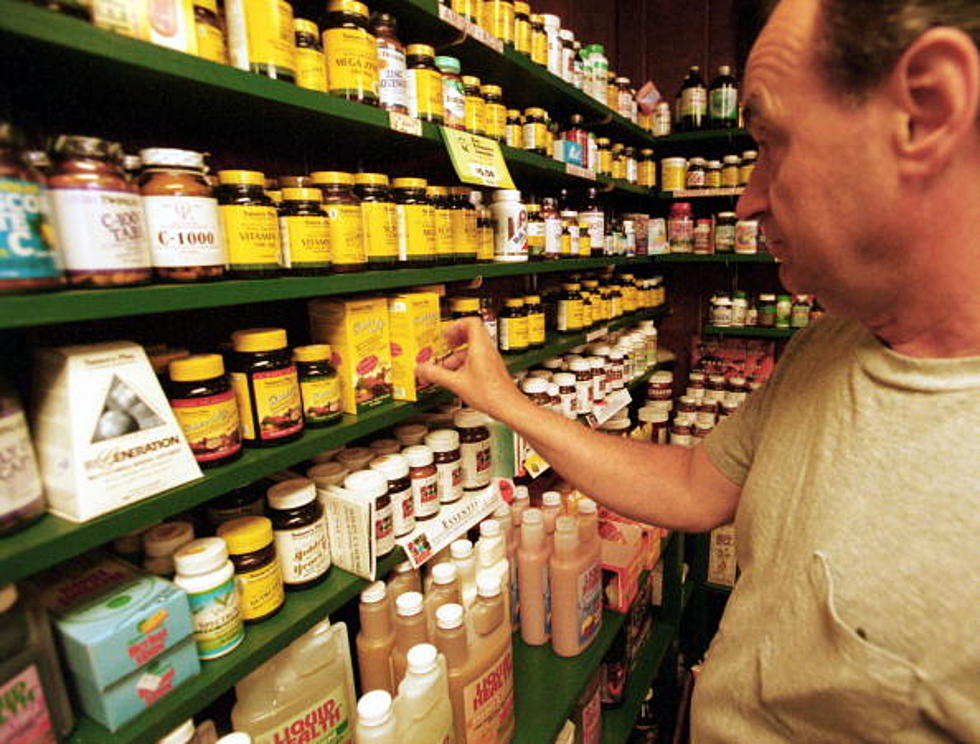
WEEKEND WEATHER: Warmer Weather Returns to the Area
The last couple of mornings have felt downright cold across the Hudson Valley. But the forecast says you may not be needing your jackets as we enter the first weekend of October. Meteorologists say that milder weather is on the way Saturday and Sunday, and the chance for showers may accompany the warmer temps as well. this is great news for those not feeling these below average temperatures we've woken up to.
Friday will be another cooler day however, as temperatures are expected to stay in the 60s during the afternoon, under partly cloudy skies. Lows overnight won't be quite as cold, but still chilly, as temps should dip to the upper 40s. Saturday brings back the warm-up, as highs during the day are expected to reach the mid 70s. Skies should remain partly cloudy, as the chance for rain will hold off. Lows overnight will be in the low 50s, with increasing clouds later in the night.
The chance for scattered afternoon showers returns by Sunday, as temperatures will warm up even more. Forecasters say that highs should be in the mid to upper 70s, and maybe near 80 in some areas. The chance for rain will increase through the day, and into the night. Lows will be in the 50d, with a chance for overnight rain. This will set up a pattern over the next few days as we enter early week, with a threat of rain for both Monday and Tuesday.
The fall forecast might be calling for warmer than average conditions and the chance for storm later than usual. AccuWeather says that the Hudson Valley and Northeast could above average temperatures lingering well into mid October. There could also be more rounds of strong thunderstorms that persist for a least another month, according to some forecasts. This has been the trend through the majority of the summer across many parts of the Hudson Valley, and it may go on for a bit longer than normal.
LOOK: The most expensive weather and climate disasters in recent decades
KEEP READING: Get answers to 51 of the most frequently asked weather questions...
TIPS: Here's how you can prepare for power outages
More From WPDH-WPDA









